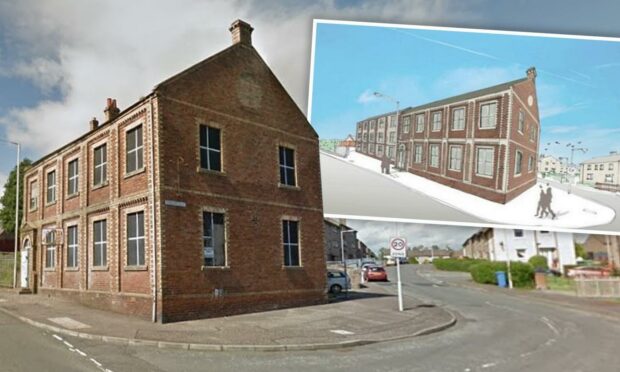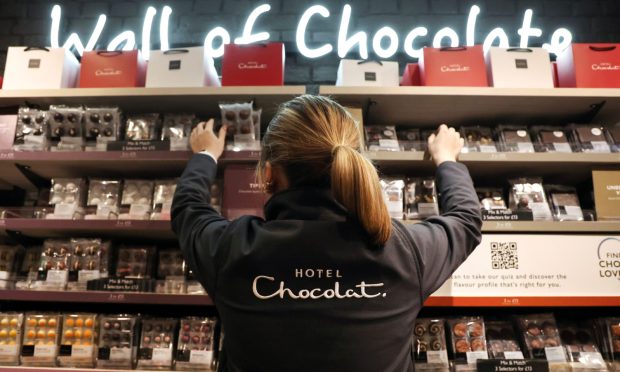Plans to breathe new life into a historic former Miners’ Institute building in Fife has been given the go-ahead.
The façade of the C-Listed former miners’ building in Bowhill is to be retained as part of ambitious plans to re-develop the site for housing.
An imposing red brick two-storey property, the Institute was built in 1934 and in its heyday was a popular focal point within the community.
However, in recent years it has fallen into a state of disrepair.
A building survey revealed widespread decay with the roof found to be in a very poor condition.
Historic building
The building had also been placed on the buildings at risk register, despite its listed status.
Now Fife Council has approved plans put forward by Ore Valley Housing Association, who purchased the site from the local authority.
Four flats will be created from the original Institute building, while a three-storey extension will also be added, creating a further six homes.
As part of the proposal and with the approval of a listed building consent application, the original front and side elevations of the institute will be incorporated into the development.
In its design statement Ore Valley said: “Although it is considered uneconomic or practical to fully retain the building and adapt it, there is a desire to retain the iconic elevations as far as possible.
“Although there are limited options presented within these budget constraints and practicalities, it is considered as opportunity to retain something as a reminder of the town’s history.”
The town has a rich coal mining history – the Bowhill pit opened in 1895 offering employment to more than 1,200 workers.
Mining heritage
In Fife’s mining heyday it was one of the main pits of 50 producing coal in the region.
Bowhill Miners’ Institute was opened just three years after the town suffered on of the region’s worst mining disasters.
On October 31 1931, 10 miners perished after an explosion ripped through a section of the pit floor.
News that the redevelopment will include preservation of the building’s main façade have been welcomed by local councillor Lea McLelland.
She said: “I’ve grown up in the area and have passed the Institute building pretty much daily throughout my life.
“It’s a hugely significant building locally especially given the long and rich history this area had with the mining industry.
“Therefore I’m delighted that a building of such importance in the town’s history is being put to such a good and worthwhile new use.”
Ore Valley Housing Association said the development is due to start around April next year and be completed in 2022.













